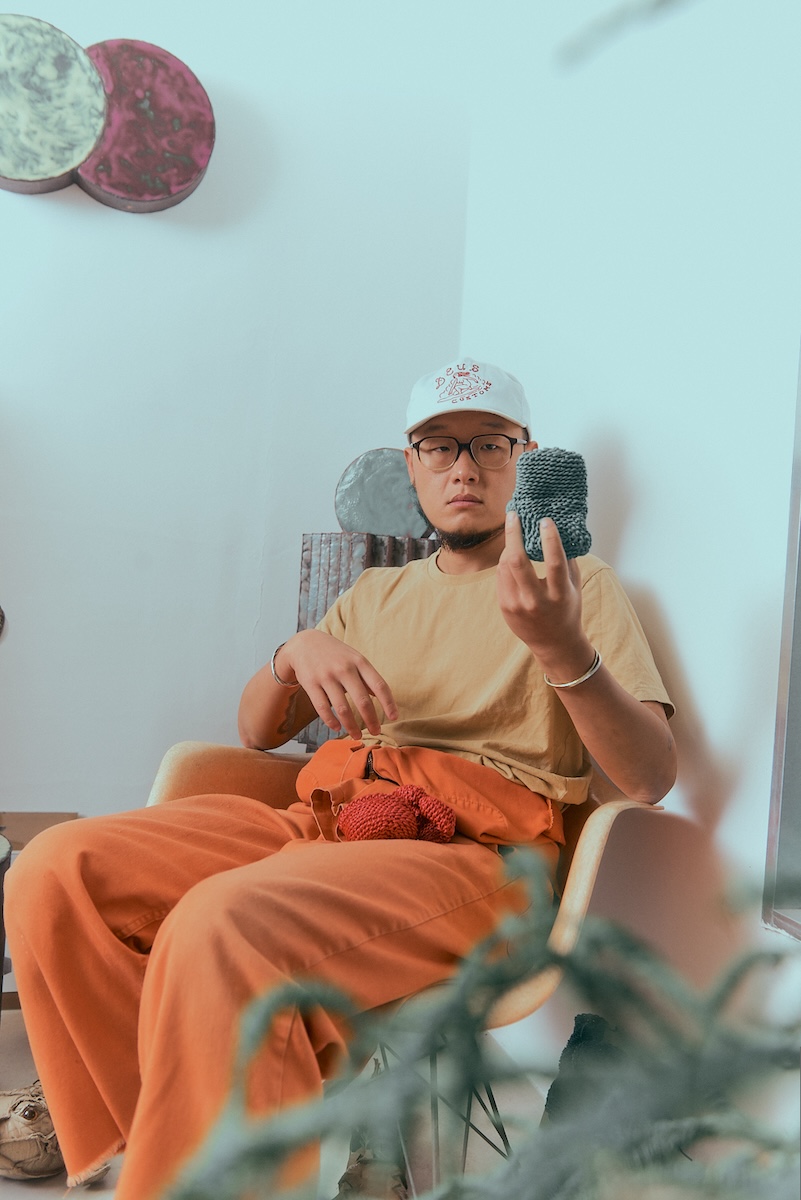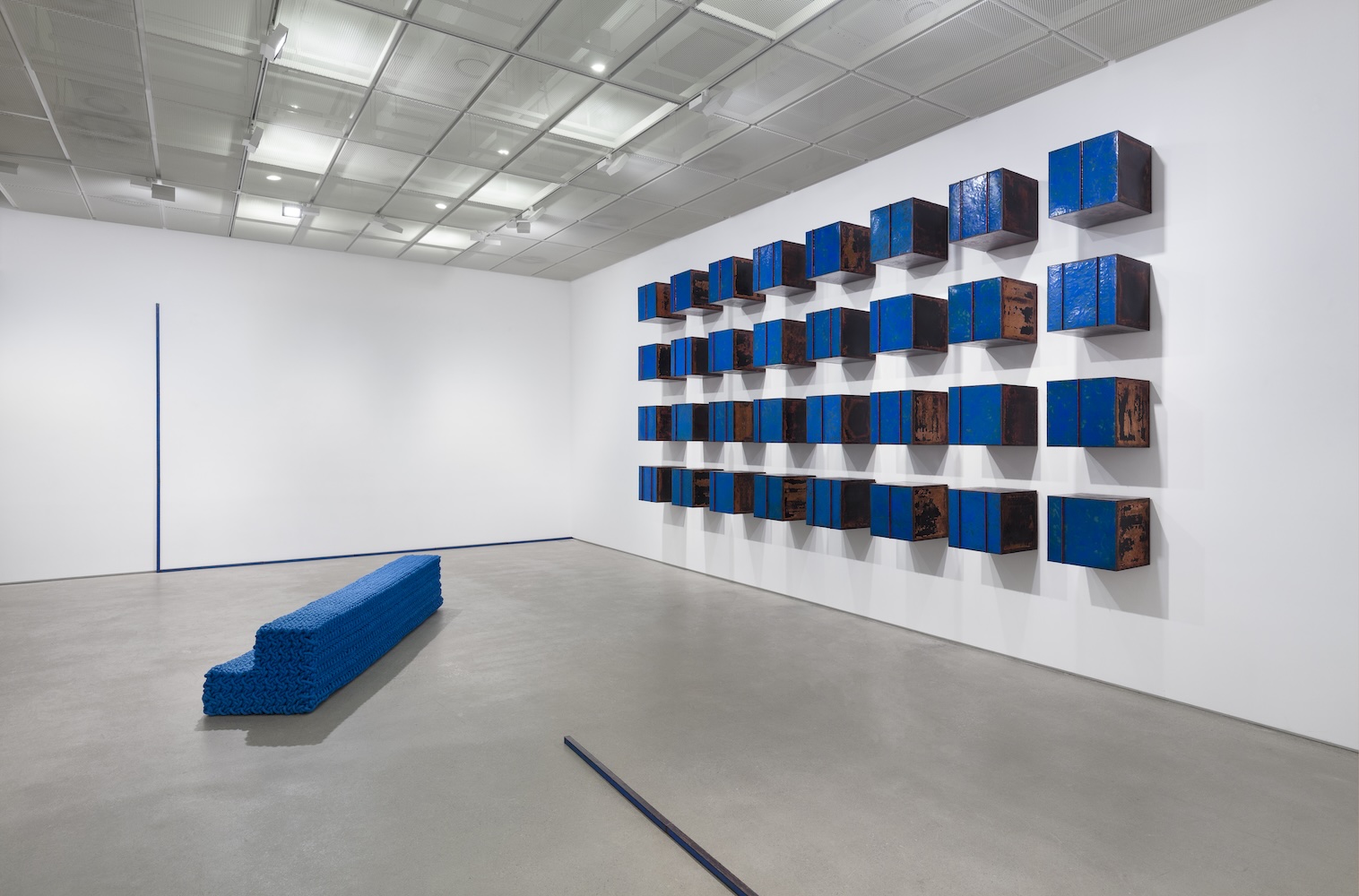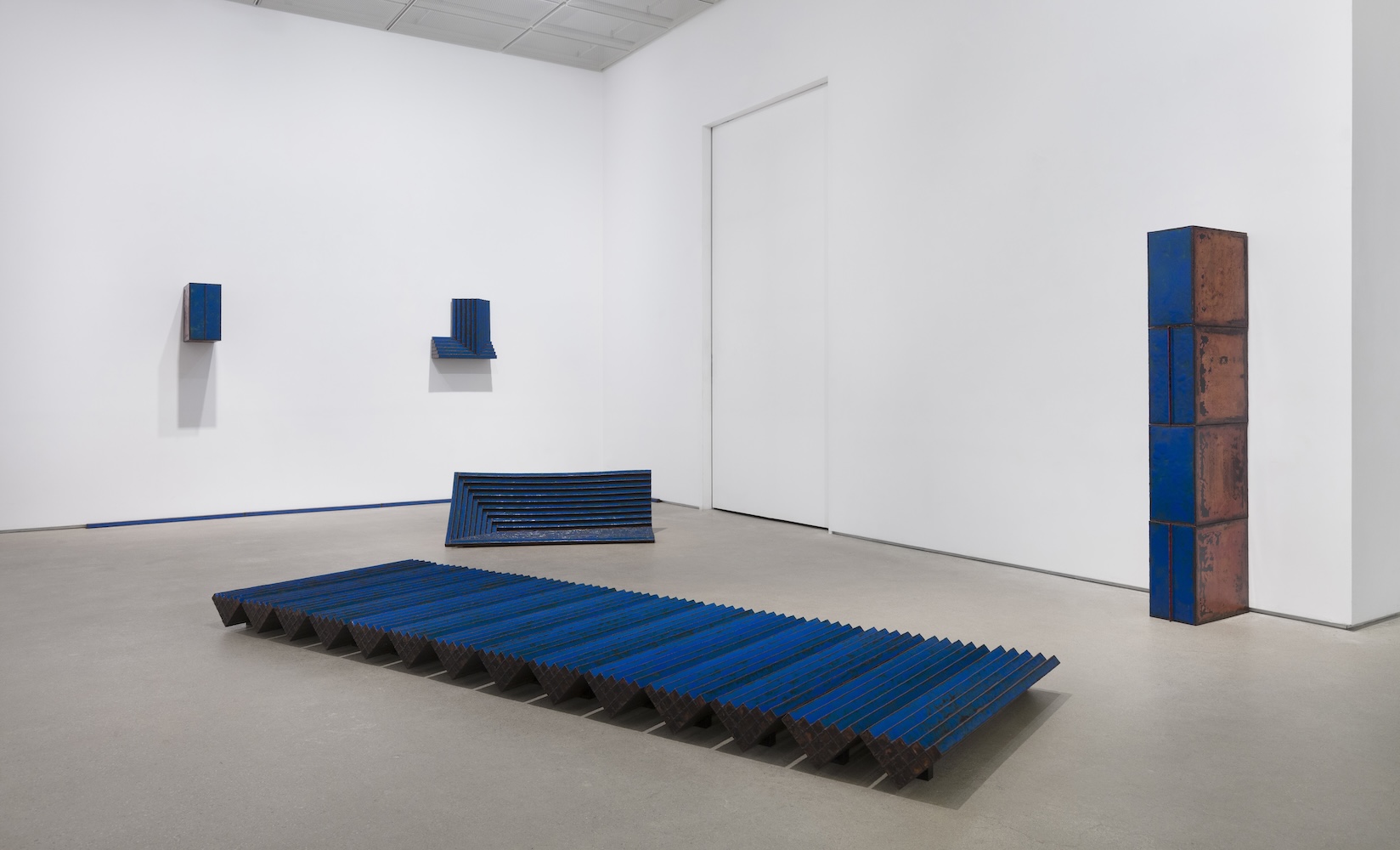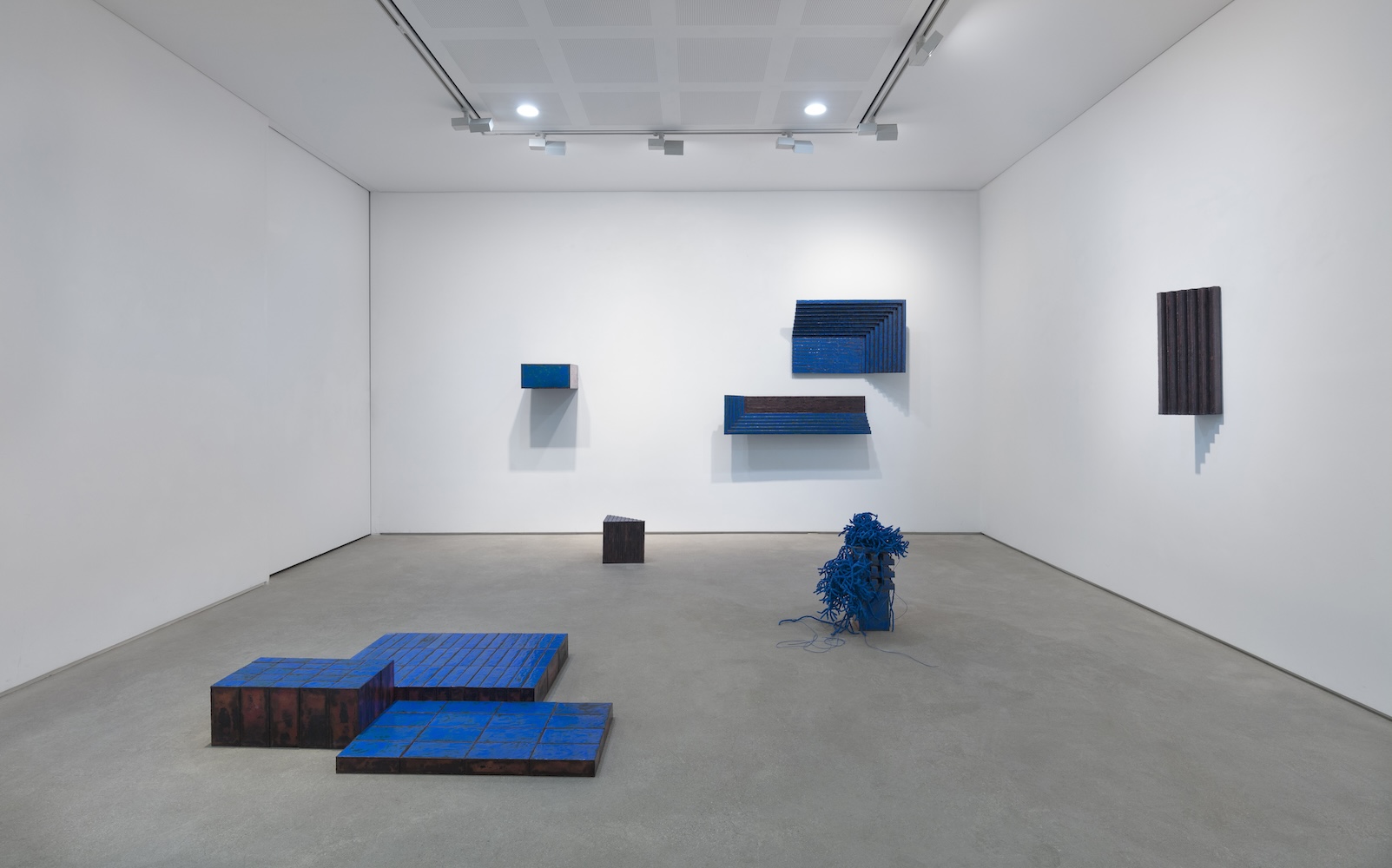Artist and Designer Kwangho Lee Presents New Work, Dismantled and Born Anew
At Seoul’s Leeahn Gallery, Lee will be debuting a new artistic approach: Rather than leaning into the material expression for which he is known, the multifaceted artist will rely upon the materials he has honed to dictate a fundamental expression of his own evolution.
SOPHIE ALIECE HOLLIS
27 MAY 2024
Since graduating with a degree in metal art and design from Hongik University in 2007, the Seoul-based creative Kwangho Lee has forged an impressively varied repertoire of material-rich furnishings, lighting, decorative objects, installations, and interiors. He has built a career upon elegant and unexpected expressions of mediums that run the gamut from household items like PVC cables and expanded polystyrene to fine marbles and metals. This work has had an impact around the globe through collaborations with brands like Fendi and Hem, representation from illustrious galleries, and various international design and institutional exhibitions.
For his next exhibition, which opened March 7, 2024, at Seoul’s Leeahn Gallery, Lee will be debuting a new artistic approach: Rather than leaning into the material expression for which he is known, the multifaceted artist will rely upon the materials he has honed to dictate a fundamental expression of his own evolution. To uncover the motivation behind this introspective shift, Whitewall spoke with Lee about the forces driving his practice into the future.

Portrait of Kwangho Lee by Dong-ho Hahn.
WHITEWALL: When and where did the inspiration for this exhibition come?
KWANGHO LEE: I don’t think it would be accurate to say that the inspiration for this work appeared suddenly. I’ve been working steadily, pondering how to visualize my thoughts and the relationship I have to the materials I deal with. The more time I spend with these materials, it feels as if I’m talking to myself, or, on the contrary, like the material is talking to me. How I define myself affects not only the direction of my work, but also my life as a whole. In this exhibition, I wanted to track the changes and attitudes of these natural thoughts with myself and try to visualize them.

Kwangho Lee, installation view of “Composition in Blue,” 2020, at Leeahn gallery in Seoul, courtesy of the artist.
“I’ve been working steadily, pondering how to visualize my thoughts and the relationship I have to the materials I deal with,” — Kwangho Lee
WW: Can you describe the theme of the exhibition?
KL: Currently, the title of the exhibition is “yesterday is tomorrow.”
If my previous work was very honest and sought accurate forms, the work I will present in this exhibition will make use of irregularities through crushing, cutting, et cetera, to dismantle my original work. I plan to reorganize it into new shapes and sizes. In other words, with the idea that I am being born again, this exhibition will set a virtual time zone from yesterday to today to try to visualize that it is altogether a specific and vague time, and that I am moving through changes in my mind, environment, temperature, et cetera.
The final title is still undecided, but it will be based on the idea of being born anew and sculpting tomorrow from yesterday. Today is always who I am now.
In recent years, I have started to look more deeply inwards and project myself more into the things I create for the future. In that process, as I said before, I think the distinction between things that have a purpose and those that don’t should also disappear, and what I create should be seen as a pure expression of me. Rather than focus on creating something “new,” I want the environment I grew up in and the environment I am in now to naturally guide the work.
My current environment seems to be changing too quickly, but the part of me in that environment that remains unchanged creates a strong contrast. Rather than relying upon external factors, I want my work to be centered around this strong desire to examine and learn more about myself.

Kwangho Lee, installation view of “Composition in Blue,” 2020, at Leeahn gallery in Seoul, courtesy of the artist.
“I think the distinction between things that have a purpose and those that don’t should also disappear, and what I create should be seen as a pure expression of me,” — Kwangho Lee
WW: Can you speak to the logic behind the materiality of this exhibition?
KL: Firing enamel on copper in a kiln causes the surface of the copper to turn almost ceramic. For over 16 years, I have incorporated this traditional Korean technique in my work as reproduction rather than exploring the unique characteristics and changes of the materials throughout the process. Unlike other metals, copper easily shows handprints and scratches on its surface. When oxidized by heat, it demonstrates the visual beauty of peeling away hard skin and sprouting new skin. As enamel is added to the metal, the surface becomes relatively shiny and attracts my eyes with its intense colors.
For this exploration, I have endeavored to use these characteristics as a guide rather than merely replicate the traditional practice of the craft. By repeatedly throwing, tearing, burning, and melting, I am able to visually represent the process of changing an unintended action into an action with another intention. I myself am introduced into the material, destroying myself, melting myself, tearing myself apart, becoming hard again, and, at the same time, I am reborn as another me. I’m simultaneously entering a new environment while adapting to that environment.
I’ve tried to take a deeper look at the meaning of the word “adaptation.” The endless adjustment of my relationship with the environment around me asks fundamental questions about existence and the perspective from which my gaze and attitude in life can be set. The purpose is to imagine the future by facing my life in the past and the environment surrounding me, and use myself as a tool to embody that imagination.
WW: How have you been preparing for this individual presentation of work?
KL: I’ve been thinking about the work for years, but it’s been about six months since I started producing these certain results.

Kwangho Lee, installation view of “Composition in Blue,” 2020, at Leeahn gallery in Seoul, courtesy of the artist.
“The purpose is to imagine the future by facing my life in the past and the environment surrounding me, and use myself as a tool to embody that imagination,” — Kwangho Lee
WW: How does this exhibition fit within your portfolio? Does it trace familiar themes or depart entirely?
KL: Perhaps this exhibition represents a natural change of thought, getting to know and question myself more before sending out an external message. I feel this is the most important and long-term subject to explore. When I look back on my work later in life, I think this exhibition will likely represent a key turning point.
